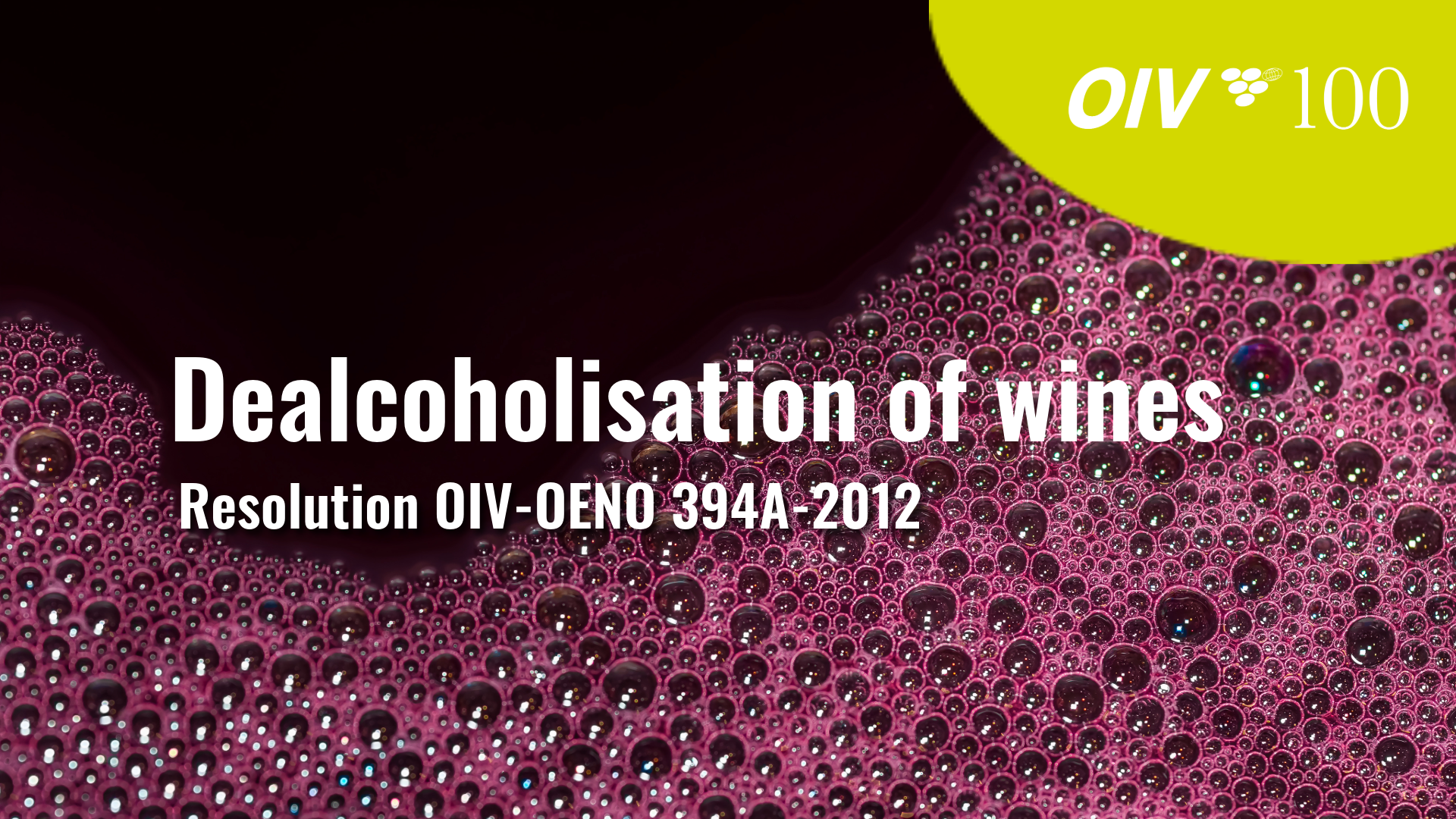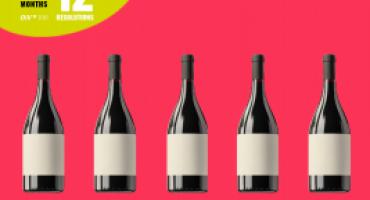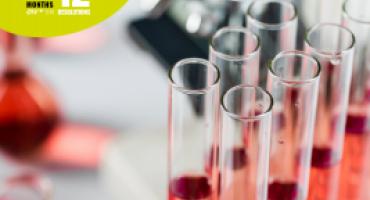As we approach the final chapter of the “12 months, 12 resolutions” OIV centenary series, it’s time to spotlight the resolution OIV-OENO 394A-2012: “Dealcoholisation of wines,” a significant advancement supporting the reduction of part or almost all the ethanol content of wines, enabling winemakers to apply precise separation techniques to achieve this goal.


Adopted in 2012 at the 35th World Congress of Vine and Wine in Izmir, Türkiye, OIV-OENO 394A-2012 “Dealcoholisation of wines” includes prescriptions to obtain vitivinicultural products with a reduced or low alcohol content through partial vacuum evaporation, membrane techniques, and distillation. It also specifies that this process must not be used on wines with any organoleptic defects and must be overseen by an oenologist or specialised technician.
The OIV's framework for wine dealcoholisation provides producers with tools to innovate while navigating technical and market complexities. This progression supports the industry’s goal of quality and authenticity in a changing consumer landscape. We invited OIV experts from France, Spain, Germany, and South Africa to share their insights on this resolution.
Adapting to consumer trends: the OIV’s approach to dealcoholising wines
By Valérie Lempereur, Director of Development at the Institut Français de la Vigne et du Vin (IFV)
The separative techniques for wine dealcoholisation described in the OIV's Code of Oenological Practices (OENO-394A-2012) provide a supervised technical solution for wine industry operators in response to the changing expectations of certain consumers seeking low-alcohol or alcohol-free options. These methods open up new market opportunities for the wine industry, attracting a diverse audience and minimising the impact on the wine's aromas and structure, which is essential for enhancing the diversity of wine products.
These techniques, however, present challenges that require collaboration with producers and researchers to guarantee the integrity of these wines. Adapting to new consumer demands allows producers to innovate while preserving the quality and authenticity of their wines.
Navigating climate change: the rising demand for dealcoholised wine
By Fernando Zamora, Professor at the Faculty of Oenology at the University Rovira i Virgili
As consumer interest in dealcoholized wines grows, winemakers are adapting to meet this niche demand. The OIV addressed this shift at the 35th World Congress of Vine and Wine with two key resolutions: one allowing for near-complete dealcoholisation (down to <0.5% alcohol) and another permitting partial reduction (up to 20%) to improve taste balance. This approach aligns with changing consumer preferences while addressing a deeper issue—rising alcohol levels in wine due to climate change.
Winemakers now face difficult choices between harvesting early to achieve lower alcohol levels or allowing full phenolic maturity, which can result in excessive alcohol content. Partial dealcoholisation can improve the balance of these wines, while near-complete dealcoholisation offers a new product well accepted by many consumers. These adaptations may soon become essential for maintaining both wine quality and consumer appeal amid changing climate conditions.
Advanced techniques in wine dealcoholisation to tackle rising alcohol levels
By Matthias Schmitt, Hochschule Geisenheim University
The dealcoholisation of wine has become increasingly important as alcohol levels in wine have steadily risen over recent decades. Factors such as improved viticulture and modern vinification practices contribute to elevated alcohol levels, yet climate change remains the major driver behind high sugar levels, which lead to excessive alcohol content. High alcohol levels can make wines seem imbalanced and overly alcoholic, potentially leading to consumer rejection and fermentation challenges.
The OIV's Resolution OENO-394A-2012 supports reducing alcohol content in wine, addressing both market demand and the desire to preserve wine's natural balance. To achieve this, oenologists employ physical methods for targeted alcohol reduction, including vacuum distillation and selective membrane processes.
Vacuum distillation, often conducted using Spinning Cone Column or Vacuum Rectification methods, allows for moderate process temperatures of 40°C or less and can rapidly achieve complete dealcoholisation. For partial reduction, a portion of the wine is treated and then blended back with the original wine. Alternatively, membrane processes such as reverse osmosis and osmotic distillation can be used, where wine repeatedly passes through membranes until the desired alcohol level is reached.
These techniques require skilled application to avoid compromising wine quality, underscoring the need for professional oversight by trained oenologists or technicians.
Crafting Low-Alcohol Wines: Techniques, Challenges, and Evolving Standards
By Adriaan Oelofse, Research, Development & Innovation Oenology Manager for South Africa Wine
The OIV’s Resolution OENO-394A-2012 underscores the industry's push towards low-alcohol wines, a response to rising consumer interest in moderate drinking. Techniques such as partial vacuum evaporation, membrane filtration, and controlled distillation enable alcohol reduction while aiming to retain flavour. Each approach offers distinct benefits: vacuum evaporation allows gentle alcohol removal, membrane techniques like reverse osmosis selectively separate alcohol while preserving aromas, and distillation allows precise control over alcohol content.
Reducing ethanol, however, impacts the sympathy of organoleptic perception, often diminishing wine’s complexity in aroma, taste, and mouthfeel. This resolution has not only propelled advances in alcohol reduction methods but has also deepened understanding of wine’s intrinsic composition, balancing volatile and non-volatile aromas with acidity and sweetness to meet quality standards.
Producing high-quality, low-alcohol wines presents challenges, including preserving flavour, overcoming consumer scepticism, and managing production costs. Additionally, market competition and limited grape varietals for low-alcohol wines press producers to innovate. Regulatory differences globally also create hurdles in labelling and marketing these wines.
Consumer education remains vital to align taste expectations with lower alcohol products, which often lack alcohol's preservative qualities, posing shelf stability challenges. By adhering to these evolving standards and refining alcohol-reduction techniques, the wine industry aims to produce wines that honour traditional quality while catering to modern preferences.
All in all, the OIV’s resolution reflects the organisation’s commitment to supporting consumer trends through innovation, equipping the vine and wine sector with tools to meet the demand for lower-alcohol wines while retaining authenticity, quality, and cultural value through collaboration with researchers and industry professionals.


